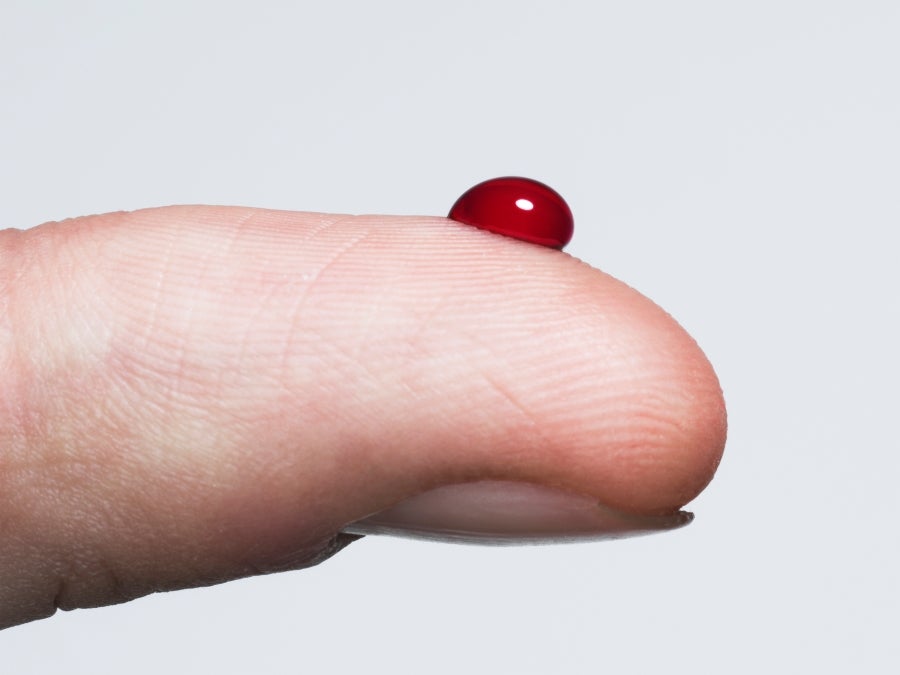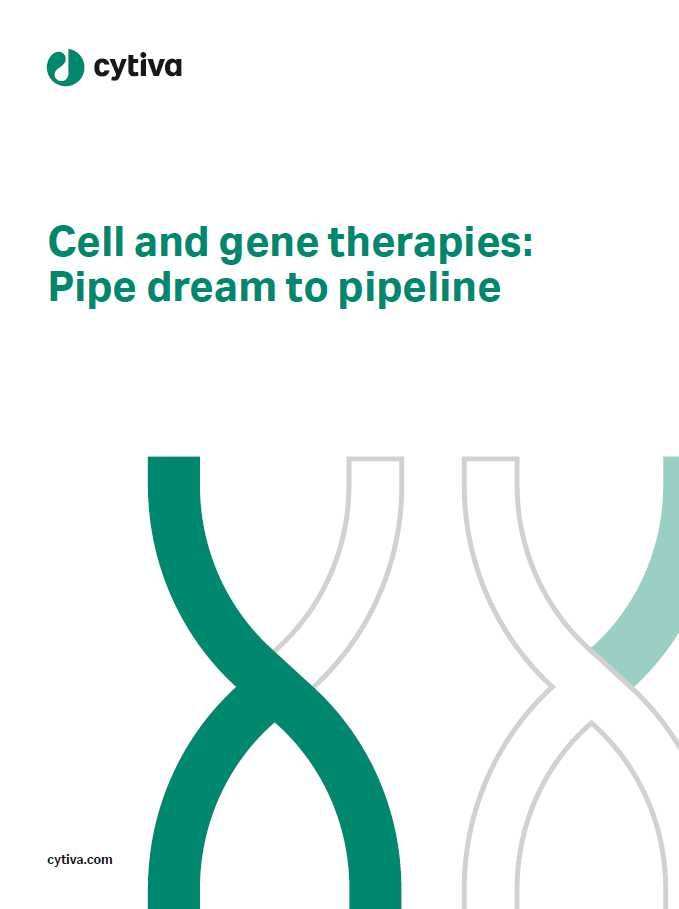

Despite their potential multi-million-dollar sticker price, if haemophilia treatments by BioMarin and CSL Behring prove durable, they could help patients save money compared to current treatments, experts note.
On November 2, the Institute for Clinical and Economic Review (ICER) released its updated evidence aimed at measuring the clinical effectiveness and cost of the two haemophilia gene therapies. Known by the brand name Roctavian, BioMarin’s haemophilia A therapy valoctocogene roxaparvovec could be fairly priced in the range of $1.95–1.96 million, the think tank concluded in its updated evaluation. A previous October 2020 report concluded that longer-term safety and efficacy were needed to update health-benefit price benchmarks.
A fair price for CSL Behring’s haemophilia B treatment etranacogene dezaparvovec would be between $2.93–2.96 million. An approval decision on the gene therapy, also known as EtranaDez, is expected by the end of this month. CSL Behring has a commercialisation and license agreement to develop EtranaDez. The program was put on hold in December 2020 following a patient report, but this was lifted in April 2021.
BioMarin’s Roctavian has a target PDUFA action date of March 31 next year. On November 7, the company announced that the FDA has scheduled a pre-licensure inspection of BioMarin’s manufacturing facility, and required the company to submit three-year Phase III Roctavian data in the approval application. In August 2020, the agency had rejected an approval application, suggesting the company complete its Phase III Gener8-1 study and include two-year follow-up safety and efficacy data.
In the EU however, two years later, the European Commission awarded a conditional marketing authorisation for Roctavian. BioMarin previously said that the treatment’s European price would likely be around EUR1.5 million ($1.5 million). In its October 28 quarterly Securities and Exchange Commission (SEC) filing, the company said that Roctavian’s commercial launch is now underway.
Haemophilia A is caused by insufficient levels of the clotting protein factor VIII, while patients with haemophilia B lack adequate factor IX levels. Factor VIII and IX replacement therapies are part of the prophylactic regimens for individuals with these conditions.
Reimbursement has been a major obstacle in the EU for expensive gene therapies, including bluebird bio’s beta-thalassemia therapy Zynteglo. The European Commission withdrew the marketing authorisation of Zynteglo, at the request of bluebird bio, in March 2022. After its approval, bluebird had set Zynteglo’s price at roughly EUR1.6 million ($1.8 million at the time). Since its FDA approval in August 2022, the beta-thalassemia therapy was launched in the US with a $2.8 million price tag.
While experts interviewed by Pharmaceutical Technology found the cost-effectiveness estimates valid, the durability of gene therapies in haemophilia remains unclear, particularly in the case of Roctavian, which has faced similar queries from regulatory authorities. In contrast, the cost-effectiveness case for using EtranaDez as a potential treatment for haemophilia B is relatively more convincing than with Roctavian, as per ICER and one expert.
Expensive treatment creates opportunities for gene therapy
The value calculation behind Roctavian’s suggested price relies on the current expenses that haemophilia A patients face in the US. Both factor VIII prophylactics and Roche’s bispecific antibody Hemlibra that are used for haemophilia A patients are expensive, and so a gene therapy could save money, says Dr. David Rind, chief medical officer (CMO) of ICER.
In its report, ICER concludes that there is a “moderate certainty of a comparable, small, or substantial health benefit with high certainty of at least a comparable net health benefit” for Roctavian when compared with factor VIII prophylactics.
This is due to the often-burdensome nature of factor VIII replacement, which is also associated with high bleeding rates, explains Rind. Knowing this, there could be a lot of interest in gene therapy, despite uncertainty over durability, he adds.
But the case becomes more complicated when it comes to comparisons with Hemlibra. Rind describes Hemlibra as an overall better option than factor VIII replacement for haemophilia A, which is why the report also focuses on it more, he says. In that situation, the report authors state there is a “low certainty about the net health benefit” for Roctavian when pitted against Hemlibra.
But the justification for Roctavian’s cost will depend on positive responses to the treatment, says Dr. Guy Young, professor of pediatrics at University of Southern California’s Keck School of Medicine. If an adult patient spends between $500,000 and $600,000 a year on extended half-life factor VIII therapy for their condition, then Roctavian’s $2 million price could pay for itself in roughly four years, explains Young. Hypothetically, if a patient’s response would last for eight years before having to return to prophylactic treatments, then they could save an additional $2 million, which would otherwise be spent on treatment, he adds.
Still, the durability of Roctavian is an ongoing question, says Dr. Michael Recht, professor of clinical pediatrics at Yale University’s School of Medicine. “Current prophylaxis therapy has been very successful, making it difficult for any new therapy to demonstrate significant increases in clinical benefit,” says Dr. Edmund Pezalla, CEO of Enlightenment Bioconsult in an email to Pharmaceutical Technology.
EtranaDez faces lesser scrutiny
In contrast, the question of durability appears to be a smaller obstacle to EtranaDez, notes Young. The greater durability has also served as a factor in ICER giving EtranaDez a higher fair price estimate, says Rind.
In the Phase III HOPE-B study, subjects were reported to have a mean factor IX activity of 39 IU/dL six months after treatment, which later went to 36.9 IU/dL after 18 months. In the Gener8-1 Roctavian study, the modified intent-to-treat (mITT) population had a mean factor VIII activity of 42.8 after the first year, slumping to 23 after the second.
Over a decade, factor IX therapy could cost between $5–6 million dollars, whereas ICER’s estimate prices EtranaDez to nearly $3 million, says Young. With greater durability, the treatment could turn out to be highly cost effective, he adds. At the same time, the ICER report notes it remains to be seen if there is a downward trend in factor IX activity.
Since haemophilia B does not have the equivalent of efficacious treatments like Hemlibra, EtranaDez would be compared to available factor IX prophylactics, which are not as efficacious, and hence the benefits of a gene therapy are greater in this space, Rind explains.
Cell & Gene Therapy coverage on Pharmaceutical Technology is supported by Cytiva.
Editorial content is independently produced and follows the highest standards of journalistic integrity. Topic sponsors are not involved in the creation of editorial content.



